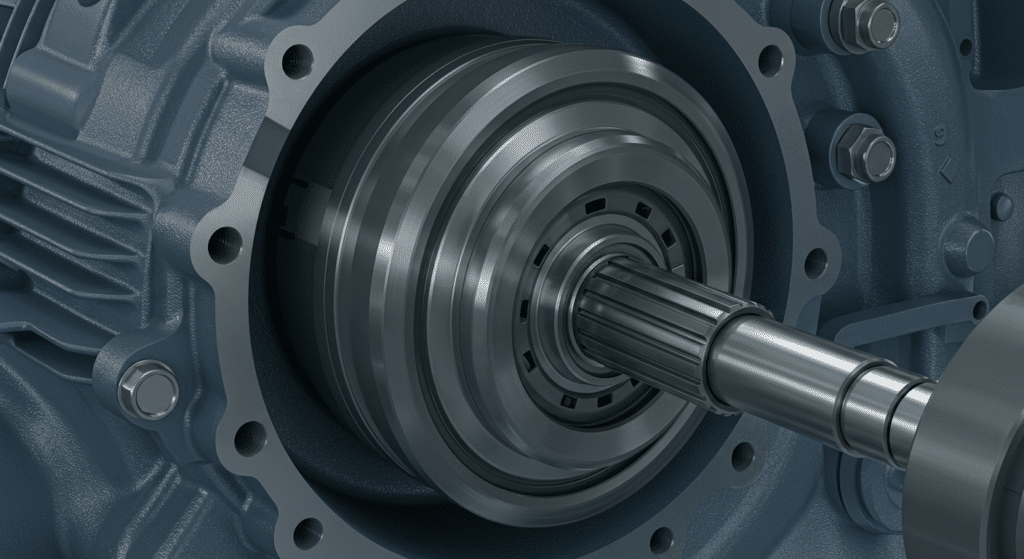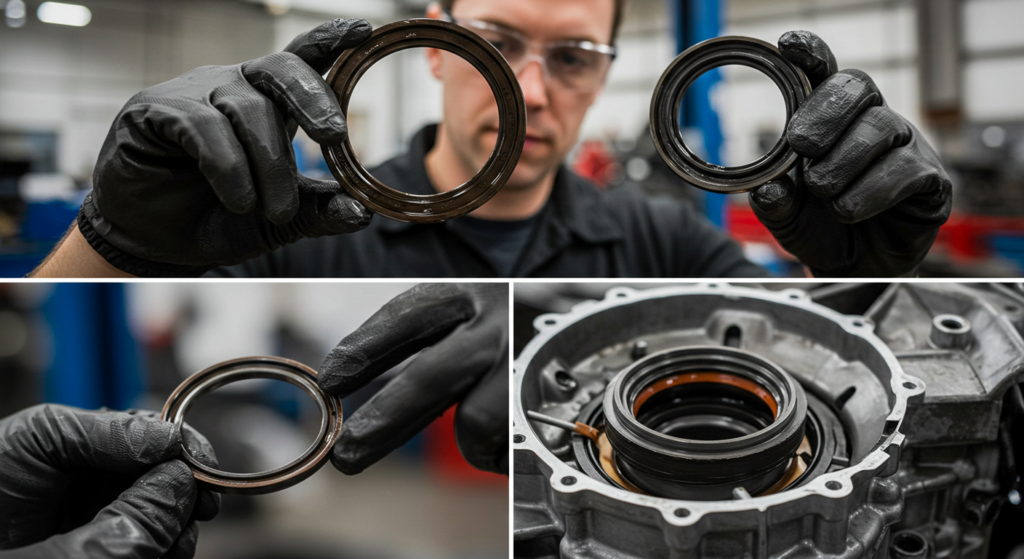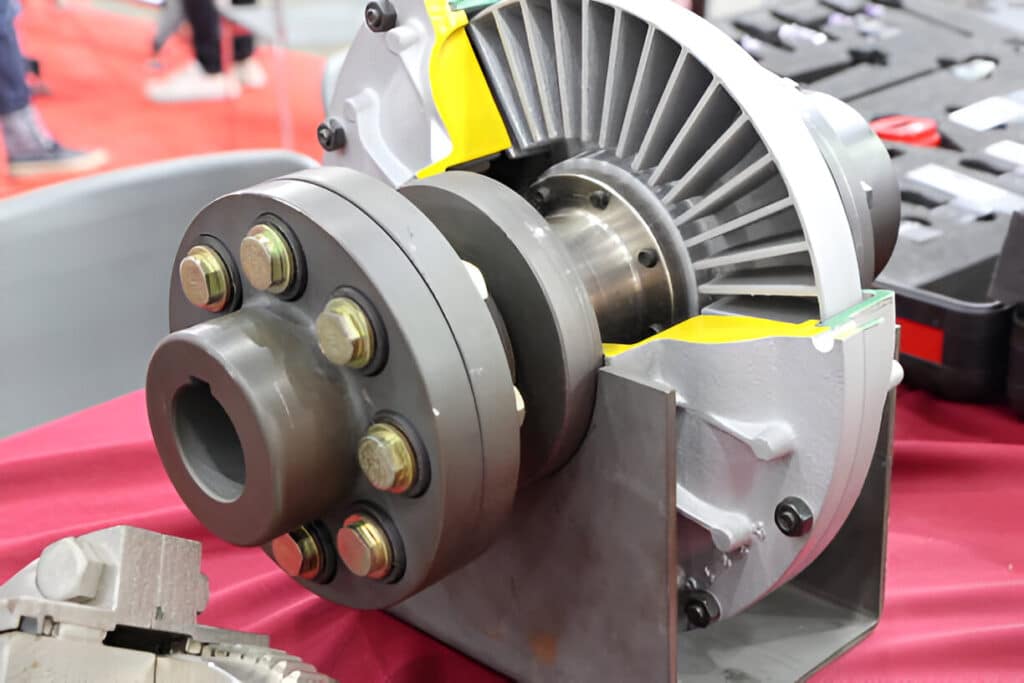Improperly storing mechanical seals can lead to premature failure, increased maintenance costs, and unplanned downtime. Many facilities lack clear guidelines on the proper storage environment, procedures, and requirements for different seal types.
In this blog post, we’ll provide a comprehensive guide on how to store mechanical seals correctly. We’ll cover the ideal storage environment, short-term and long-term storage procedures, packaging and labeling requirements, and the unique needs of different seal types. By following these guidelines, you can extend seal life, reduce costs, and keep your operations running smoothly.

Storage Environment
- Temperature: Store mechanical seals in a cool, dry place with a stable temperature range of 40°F to 90°F (4°C to 32°C). Avoid extreme temperatures that can cause damage to seal materials.
- Humidity: Maintain a relative humidity level between 30% and 65% in the storage area. Excessive humidity can lead to corrosion and deterioration of seal components.
- Light and Radiation: Keep mechanical seals away from direct sunlight and ultraviolet (UV) radiation. Prolonged exposure to UV light can degrade elastomeric materials and cause premature aging.
- Contamination: Protect mechanical seals from dust, dirt, and other contaminants. Store them in a clean environment free from chemicals, solvents, and abrasive particles that can damage seal faces and elastomers.
Storage Procedures
Short-Term Storage (Less Than 24 Months)
When storing a mechanical seal for less than 24 months:
- Drain all product and flush fluid from the equipment and seal chamber. This removes any residual liquids that could cause corrosion or other damage during storage.
- Dry the equipment and seal chamber thoroughly using clean, dry compressed air. Moisture left on surfaces can lead to rust, pitting, or bacterial growth.
- Cover all equipment openings, including pump suction and discharge connections. This prevents dust, debris and pests from entering and contaminating the equipment.
- Plug all openings in the seal chamber and gland to avoid contamination of the seal faces and components. Even small particles can damage precision seal surfaces.
- Mask or cover the clearance between the seal gland and the shaft. This stops dirt and debris from entering the seal cavity where they could cause problems upon startup.
- Turn the shaft one to two revolutions by hand every month. This important step prevents the seal faces from sticking together (face lock) and maintains their flatness.
Long-Term Storage (Over 24 Months)
For mechanical seals that will be stored longer than 24 months:
- Drain all product and flush fluid from the equipment and seal chamber as you would for short-term storage.
- Remove, disassemble, and thoroughly clean and decontaminate the mechanical seal. Built-up product or contaminants can harden over time, making the seal difficult to disassemble and damaging components.
- Ensure that any trapped fluid is removed from disassembled cartridge seals. Fluid left in the seal can corrode parts and degrade elastomers over extended storage periods.
- Dry all parts completely with clean, dry compressed air. Moisture is the enemy of stored metal components.
- Package and store the seal components individually in a clean, cool environment. Organize and label parts clearly for easy identification and assembly.
- Store O-rings and other elastomers in a relaxed state to prevent compression set. Place them in sealed bags with talc or other dusting agent.
- Do not store seal faces made of silicon carbide, carbon, tungsten carbide or other materials in the same container. Dissimilar materials can chemically interact. Contact between faces can also cause chipping.
- If storing seals for longer than two years, rotate the faces against each other approximately two rotations every three months. This maintains lapping, prevents face distortion, and redistributes lubricant.
Packaging, Labeling and Documentation, and Stock Rotation
- Packaging: Use suitable packaging materials that protect the mechanical seals from physical damage, moisture, and contamination. Vacuum packaging or moisture-barrier bags are recommended for long-term storage.
- Labeling and Documentation: Clearly label each package with the seal type, size, material, and date of packaging. Include any relevant documentation, such as installation instructions and material safety data sheets (MSDS).
- Stock Rotation: Implement a first-in, first-out (FIFO) stock rotation system to ensure that older seals are used first. Regularly inspect stored seals for signs of deterioration and replace them if necessary.
Different Types of Mechanical Seals and Storage Requirements
| Material Grade | Typical Shelf Life (Initial/Extended) |
|---|---|
| Nitrile with cotton | 1 year |
| Nitrile and neoprene | 7 years / 3 years |
| Ethylene propylene | 10 years / 5 years |
| Fluorocarbon (FKM) | 10 years |
| Silicone (VMQ) | 10 years |
| Fluorosilicone (FVMQ) | 10 years |
| Perfluorelastomer (FFKM) | 13 years |
| PTFE virgin and filled | unlimited |






